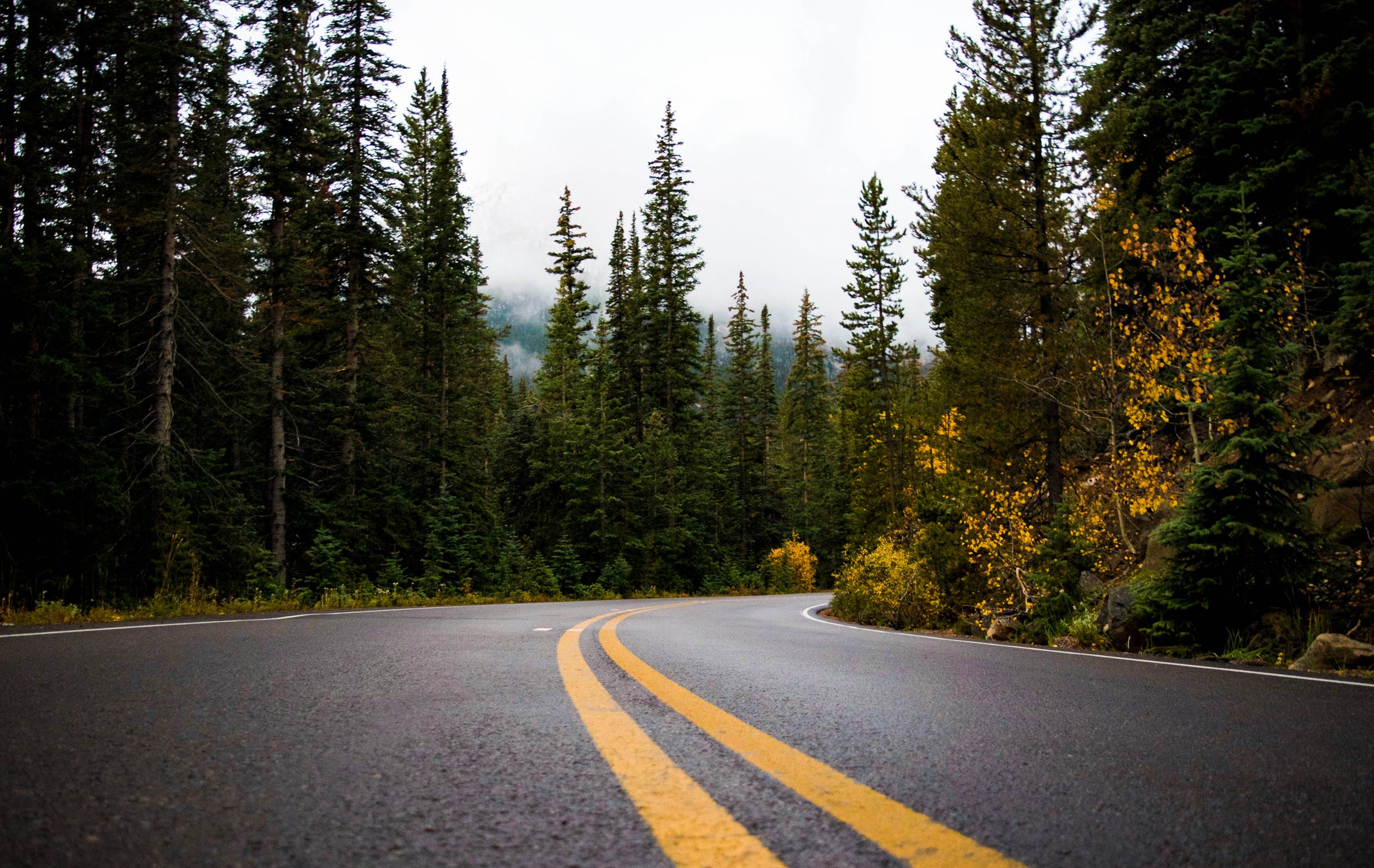The province says $10 million in transportation upgrades will make things easier for drivers on Vancouver Island and the Gulf Islands.
The funds came from StrongerBC: BC’s Economic Recovery Plan.
A total of 20 projects have been completed. Throughout B.C., more than 180 projects received economic recovery funding.
“Investment in our transportation infrastructure has never been more important as we focus on recovery from the pandemic,” said transportation minister Rob Fleming.
“These infrastructure recovery projects are important for communities as they improve access to crucial services and provide good jobs that lay the foundation for strong economic growth.”
One major project to mitigate the effects of climate change is the remediation and replacement of 119 drainage culverts on Vancouver Island.
The culverts along Highway 19A from Storey Creek to Union Bay were upgraded to ensure continued capacity and functionality of the highway during future climate events.
“As we have all felt in recent weeks, more extreme weather events are here,” said Ronna-Rae Leonard, MLA for Courtenay-Comox.
“Our government is already taking action to mitigate the impact of these changes to the highways and infrastructure Islanders rely on. As the frequency of these events increases, British Columbians can have confidence in the reliability of their highway networks.”
Vancouver Island, Gulf Islands transportation improvements
Active transportation – nearly $5 million invested
- Nanaimo/Port Alberni – installation of lighting and illuminated signage for increased pedestrian safety along Stewart Avenue in Nanaimo and on Highway 4 at Ian Avenue in Port Alberni.
- Nanaimo – shoulder widening and crosswalks along 5.2 kilometres of Cedar Road to increase safety of pedestrians.
- Courtenay – shoulder paving for six kilometres along northbound Highway 19A from Buckley Bay to Union Bay to improve pedestrian and cycling infrastructure.
- Courtenay – construction of Phase 2 of the Back Road Trail through the K’ómoks First Nation including excavation, installation of culverts and drainage improvements through the K’ómoks First Nation to increase pedestrian safety.
- Cowichan – repair of failed concrete culvert and trail restoration at Dry Bend Creek, and 4.7 kilometres of Cowichan Valley Trail resurfacing.
- Saratoga Beach – shoulder improvements, as well as parking and pedestrian access at Clarkson Avenue.
Climate adaptation – more than $4 million invested
- Central Island – replacement of 23 culverts in the areas of Nanaimo, Gabriola Island, Port Alberni, Ucluelet, Parksville and Qualicum areas
- North Island – replacement of 83 culverts in the areas of Courtenay, Comox, Campbell River, Port McNeill and Port Hardy to ensure continued capacity and functionality of the highway and side roads during future climate related events.
Rural and remote communities – more than $1 million invested
- Duncan – culvert installation and erosion repair of a tidal ditch along Tzouhalem Road through Cowichan Tribes Reserve.
- Campbell River – construction of sound wall fence along Highway 19A at Wei Wai Kum First Nation.
- Duncan – installation of three culverts to facilitate the Western Toads migration across Barnjum Road and Riverbottom Road.



